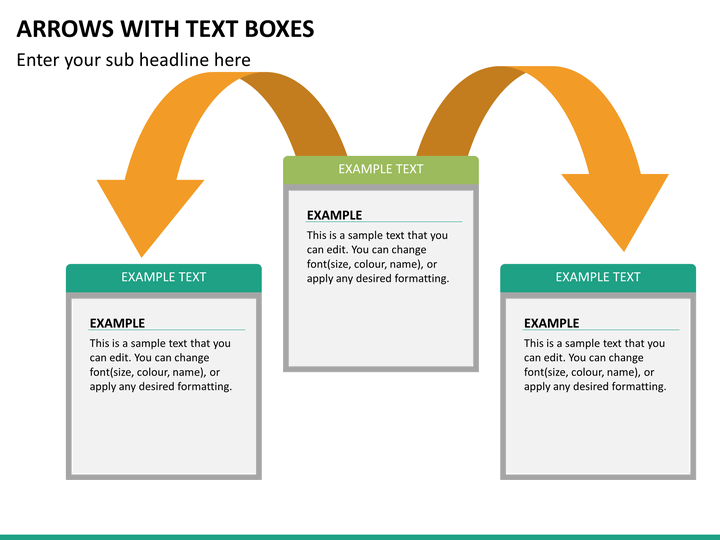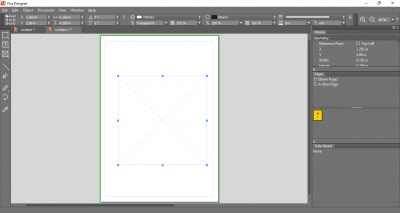


Moves to the text box after the one selected.Īs you link text boxes, Publisher assumes a forward progression such as adding links to a chain. Moves to the text box before the one selected. Unlinks the text box after the one selected. The toolbar and a description of its buttons are presented here.Įstablishes a forward link to a text box. You will be using the Connect Boxes toolbar as you work with linked text boxes. Text in Overflow: additional text not displayed in a text box Go to Previous Frame: additional text in a previous text box Go to Next Frame: additional text in the next text box Publisher uses icons as visual cues to the status of text within text boxes. If you add text to a threaded story, you may need to adjust the size of the last text box or create a new text box so that all of the text is visible. When you add or remove text in a story or adjust the size or shape of text boxes that contain part of a threaded story, the text flows through existing text boxes until it gets to the end of the story. In Publisher, several stories may appear on the same publication page and continue elsewhere in the publication, but each story is a separate unit.

A story can be one letter or several pages of text and can be contained in a single text box or threaded through many different ones. A story is text that Publisher recognizes as a single unit. About Text BoxesĪ text box is a portion of a story. When you link text boxes, Publisher gives you visual clues as to whether there is text previous to or following the current text box, and whether there is text in your story that is not yet displayed in your publication. Linked text boxes allow text in the same story to be continued in multiple text boxes located on different pages. When you are working with columns of text or stories that will extend beyond one page, you will want to work with linked text boxes. This article is based on legacy software. (Archives) Microsoft Publisher 2003: Working with Linked Text Boxes


 0 kommentar(er)
0 kommentar(er)
